In my blog post today, I would like to present THE all-rounder for dynamic price optimization: The Price elasticity. Mathematically as well as strategically, it is capable of great things! I am convinced that there is no other approach that works as efficiently, economically and above all sustainably as the price elasticity.What is particularly remarkable is that it not only provides an ideal basis for price differentiation, but can also decisively support your entire pricing process chain, including:
- The strategic planning of your pricing policy,- the determination of your most competition-relevant assortment components,
- the detection of the products that are particularly important for your customers and thus for your price image,
- the simulation of the earning potentials of various strategic approaches to pricing,
- up to the AI-controlled calculation of market-driven, demand-oriented prices for your entire product range.
Let’s first have a look at how price elasticity is determined and what it means in concrete terms: Price elasticity is determined via the relationship between price and sales. At the individual product level, price-sales functions are thus formed, which represent in the form of a mathematical curve at which price a product was sold and how often. From such a price-sales function, it can now be derived how the demand for a product changes when the price is changed. Strictly speaking, we are therefore actually talking about the elasticity of demand rather than that of the price. Depending on how elastic the demand for a product is, this provides information about:
- How sensitive your customers are to a price change,
- how relevant this product is in your competitive environment and
- how you should treat this product within your pricing strategy.
How do you now use this information for price optimization? If the demand for a product is highly elastic, the sales of this product will change significantly if you change the price (positive or negative). This means that your customers will reactvery sensitively to a price change for such a product. At the same time, in most cases this will mean that this product is also highly relevant for your competitive environment. For this reason, price optimization should be carried out with particular attention for products that are very price-elastic. The situation is different for products whose demand is not very elastic. Here, price changes havea comparatively small effect on the sales. This means that your customers
tolerate price changes very well or do not even notice them at all. This also means that the competitive relevance of such products is significantly lower. In terms of price optimization, this means that you should use these products to operate effectively and sustainably.
What is the next step?
As a first step, you should use price elasticity to analyze your assortment and derive the various functions of your articles. From this you will draw very important, strategic conclusions that will form the basis for AI-controlled price optimization. But more about this in my next post!
You don’t have that much patience? Then reach out to us for a demo.


